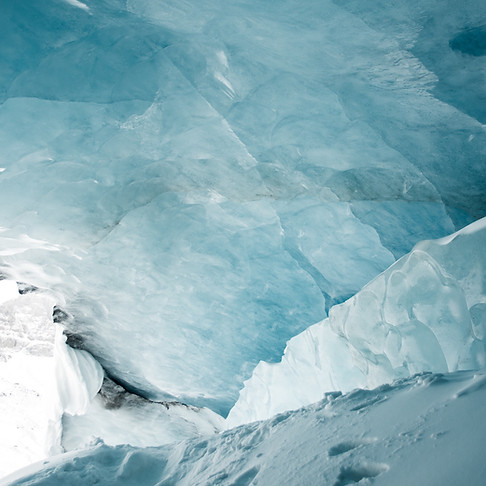Our Research

Past and future climate change
After the last ice age , 24,000 years ago, the Earth's climate warmed dramatically, changing species assemblages across the world, especially in the Northern hemisphere. We're working to understand how species coped with this - which ones struggled, and which ones did well? - to help better predict how species will cope in the future.

The changing Arctic
The Arctic is warming three times faster than the rest of the world, with drastic consequences for species and people. For example, beavers are travelling north with warmer temperatures, creating dams and changing ecosystems as they go. We're working to understand these impacts and predict beaver spread in the Canadian Arctic.
Some previous work in this area includes:

Protected area effectiveness and impact
Protected areas are one of the biggest tools conservationists have to conserve biodiversity, and it's crucial they are performing well. We're working to understand what management strategies help protected areas to work well.
Some previous work in this area includes:

New methods and frameworks
Finding the best ways to work with and analyse data can hugely improve conservation decisions. We want to ensure we use the very best techniques to conduct our research, and if they don't exist, we create them. Some work in this area has included: